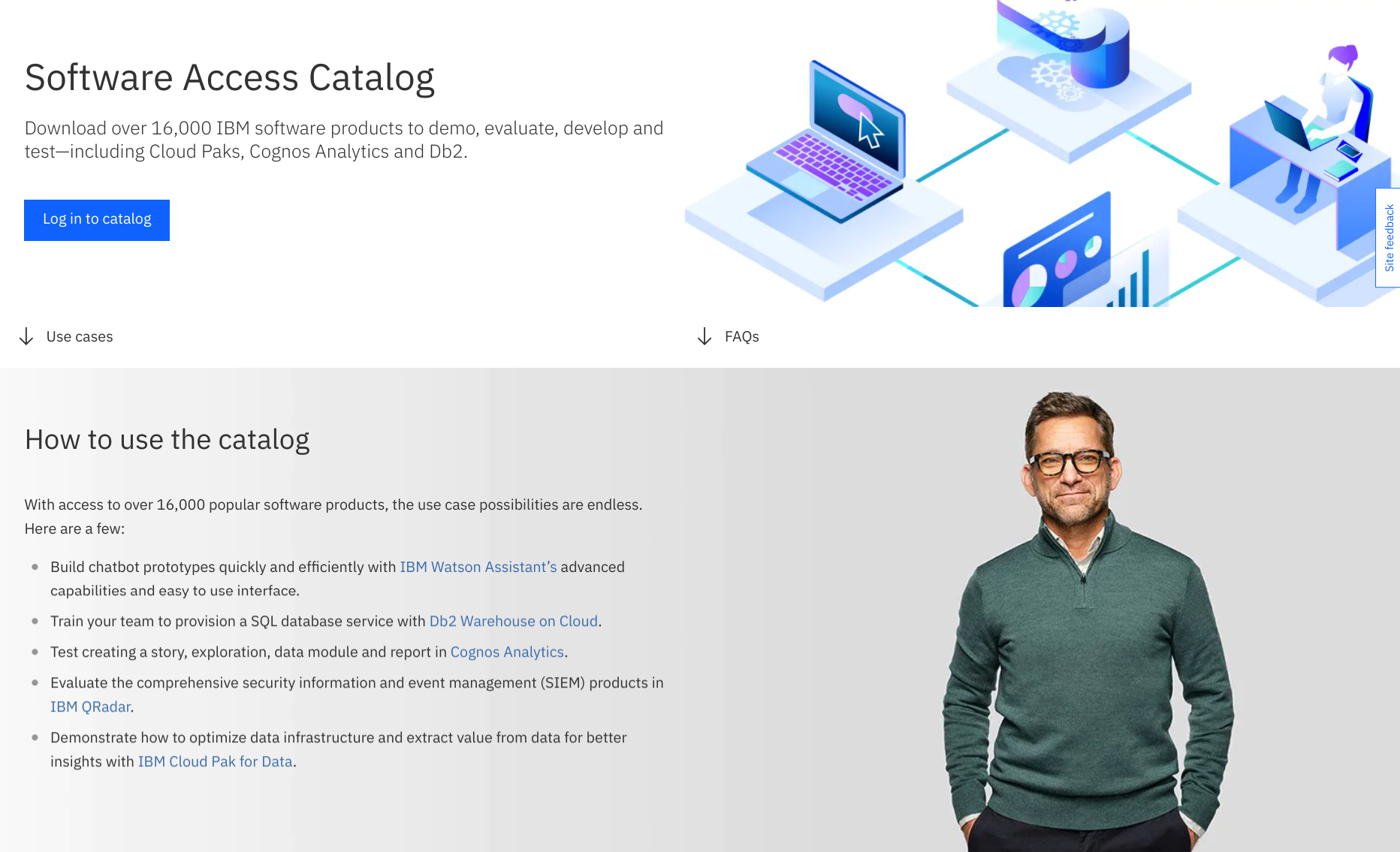Are you tired of your business’s product information being messily scattered across your digital desk? How much time do you waste rifling through documents to find the right marketing and sales asset for your current project?
This is where a product catalog comes in handy as a potential solution. More efficient than a file cabinet, a product catalog can keep you from frantically searching for information and can even empower your team to boost your brand’s visibility. Product information management is an important part of any business.
What Is a Product Catalog and What Types of Businesses Need Them?
To put it simply, a product catalog is a list of your most important product information, all stored in one document for easy reference.
The document can have a different look or format depending on the needs of each company — there is no universally accepted appearance or approach. Some are beautifully designed magazine-like resources while others are well-organized PDFs.
However, most product catalogs will incorporate several basic elements that use product data. Here are some things that are normally included in most product catalogs:
- Pricing: List the price of the product, along with potential discounts.
- Descriptions: Add product details including things like color, product category or the type of material its made from.
- Images: Include any professional photos you have of the product.
- Promotional assets: Aside from images, list any marketing assets such as videos or graphics, blog posts, guides and other resources having to do with the product.
- Product dimensions: Include the dimensions of each physical product so that a client or potential customer can envision what the product will look like in person.
Product catalogs are valuable resources, regardless of the kind of business you run. They are useful for physical goods, digital products and even services. Whether your company serves consumers directly or works with other businesses, there are benefits to be had. Both B2B companies and B2C companies can use product catalogs to their advantage.
Certain teams within a business can use product catalogs to make their jobs much more efficient. Let’s take a look at some examples:
Sales Teams
A product catalog is a very valuable tool for sales representatives because it holds the most vital information about the items they are trying to sell. The catalog ensures that everyone within the team, as well as the customer, is on the same page about the features and benefits of the product.
Marketers
Similar to members of the sales team, marketers can use a product catalog to share the value of the items listed in the document.
Warehouse Managers
Whether you are a store manager or a warehouse manager, a product catalog is useful. Because it is an effective way to organize product information for ease of access, managers are able to find what they need when they need it.
Subscribe to
The Content Marketer
Get weekly insights, advice and opinions about all things digital marketing.
Thank you for subscribing to The Content Marketer!
Why a Product Catalog Matters to the Customer
The modern customer expects to get what they need and what they want. If they aren’t immediately satisfied, packs of competitor brands are nipping at your heels, ready to make your lost customer happy. Customer support is more important than ever in offering more than just product details.
According to research done by Salesforce, 80% of consumers say the experience a company offers is as important as its products or services. That is why a well-designed product catalog is necessary, from the potential sale to repeat purchase. Pleasing images and enticing marketing can encourage a purchase, all while informing them about the product or service.
Of course, there are different kinds of product catalogs and documents for different kinds of customers. Consider whether your potential buyer is a professional decision-maker or if they are an internet browser searching for their ideal product. Whoever they might be, design your product catalog to satisfy the needs of your customer.
Types of Product Catalogs
Here are some of the most popular kinds of catalogs:
- Retail catalogs: This is a physical or online catalog in the most traditional sense. Think of the ones you get in your mailbox or those magazine-like booklets with enticing product images. It lists out products in a way that is consumable for average customers.
- Inventory catalogs: A professional catalog like this is perfect for warehouse and store managers to keep track of inventory.
- Media library catalogs: Sales teams and marketing teams use this kind of catalog to help advance their goals in a more effective way.
From average consumers to high-level decision-makers, when someone is interested in purchasing a product, they most likely want to know if they are making a well-informed decision. A product catalog is a succinct way to convey information that will encourage potential buyers to follow through.
Product catalogs contain information that would be informative in both a digital and print version, depending on the circumstances. An online product catalog can be easier to search for specific information and edit, while a hard copy can be more useful in other cases.
Your business’s specific goals and commerce style will impact the way that your catalog is structured. According to data from Gartner, 27% of buyers independently research the product they are interested in online before purchasing. A product catalog can help give the customer the important brand information they are looking for.
Examples of Effective Product Catalogs
What does a good product catalog look like? The answer is different for everyone, but we can point to a few amazing examples that meet different needs. Here are some of the best examples:
The Foggy Dog’s Holiday 2021 Catalog
As a magazine-style asset that draws in consumers with beautiful design and imagery, the Foggy Dog’s end-of-year catalog is a pretty great example of a retail catalog. There are plenty of professional photos that showcase the products in use, as well as visually stimulating flat lays, which are product shots from above. The catalog is accessible online, which is a boost to the brand’s digital presence.

IBM’s Software Catalog
A little more technical, IBM’s software catalog is ideal for businesses that are using the company’s software products. Users can find pertinent information regarding installing their software products, demonstration of different software items and more. IBM encourages those who access the catalog to train professional teams, for example.

Brafton’s Product Catalog
Our own product catalog features a comprehensive list of the services and products that we offer. We go into detail about each item, including written descriptions and visually stimulating graphic designs to make the catalog easier to understand. We’ve also added valuable statistics that showcase how effective our products really are.

Berlin Packaging’s B2B Product Catalog
Berlin Packaging supplies containers and packing materials to businesses around the world. Their product catalog is logically organized and makes it simple for would-be buyers to find specific products. Browsers can use the search function to find items based on things like material type and function. The design is nothing too glamorous, but it is functional and ideal for the B2B world.

Creating a Product Catalog
Making your own product catalog may seem overwhelming at first, but it is well worth the effort. There are even catalog templates that will help guide you in the right direction. There are several different ways to get started based on your resources and requirements.
- Whether you use a catalog template or start from scratch, your team will first need to get all the information you intend to include in the catalog together. Use a spreadsheet or other organizational tool to keep track of it all.
- After all the information is gathered, it’s time to consider the design of the catalog. As yourself things like; “Who is going to be reading this?” and “What do I want the reader to know or do after looking at it?”
- From there, designing the actual product catalog is much easier. You may go through several different mock-ups before finalizing it.
Are you ready to boost your brand and create a functional yet stunning product catalog? Brafton is here to guide you down the right path (and clear your digital desk a little bit!). To learn more marketing secrets, stay in touch with the latest by subscribing to The Content Marketer.





